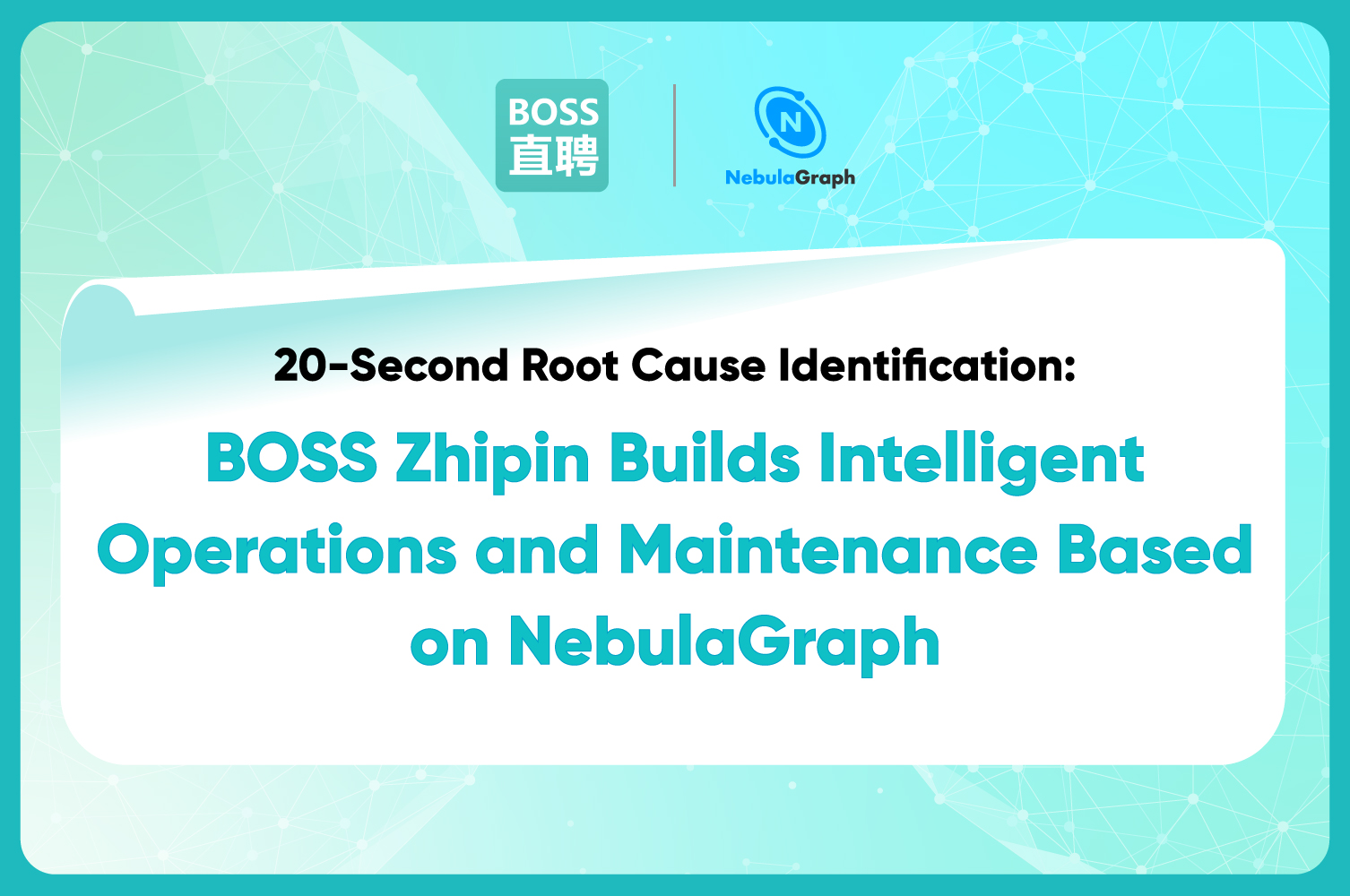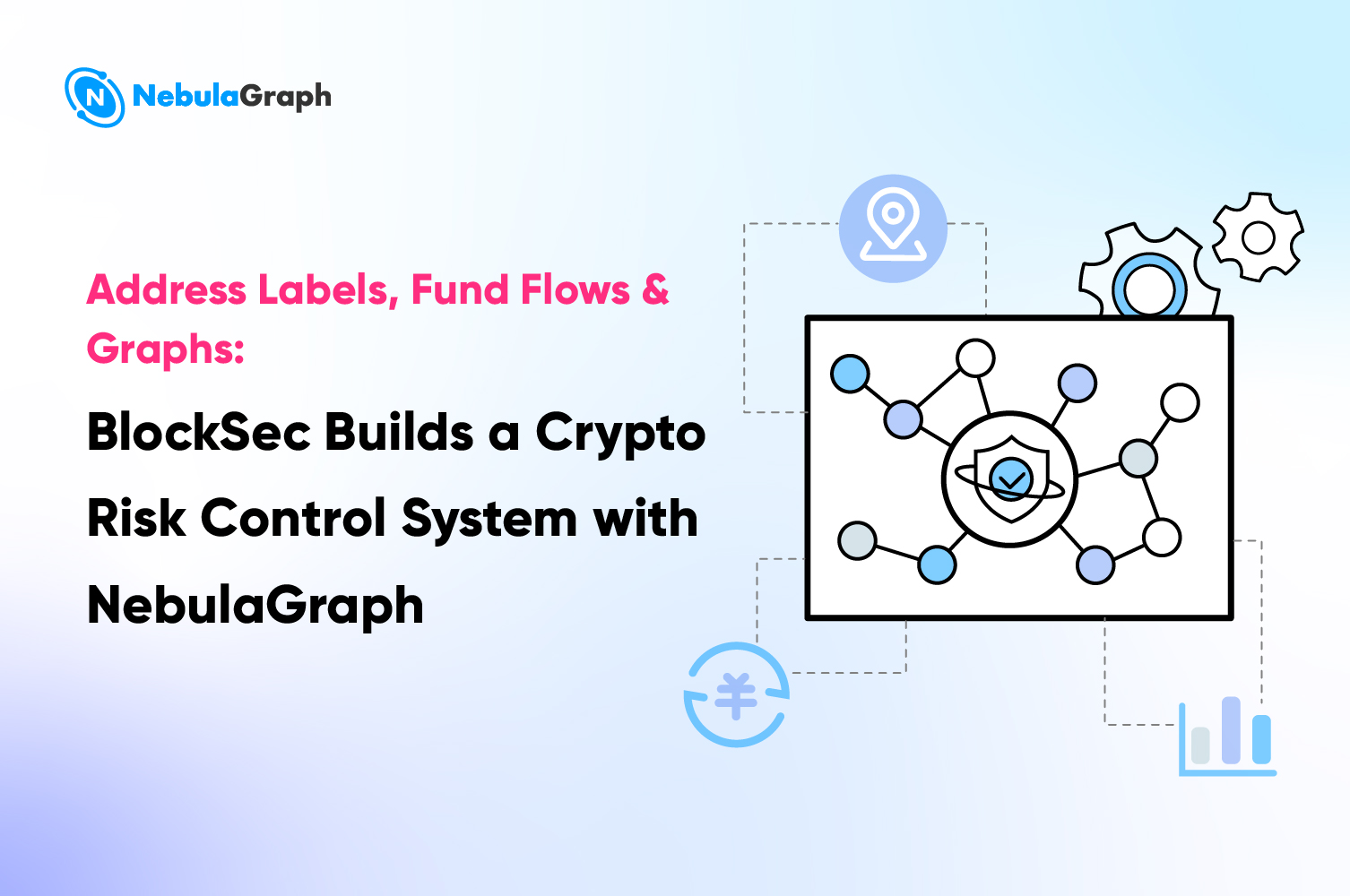Use-cases
Why Graph Models Outperform Traditional Tools in Web3 Risk Management
As the Web3 ecosystem continues to expand, blockchain-based transactions have introduced a new paradigm of decentralized finance (DeFi) characterized by anonymity, intricate interaction paths, and a lack of centralized oversight. While this innovation offers unparalleled freedom and flexibility, it also creates significant challenges for risk management and compliance. Traditional tools like rule engines, relational databases, and statistical analysis struggle to keep pace with the dynamic and the hidden nature of Web3 threats. Enter graph databases—a technology uniquely suited to model and analyze the complex relationships inherent in blockchain networks.
In this article, we’ll explore why graph databases are becoming indispensable for Web3 risk management, how they address the shortcomings of traditional solutions, and their transformative impact on combating fraud, money laundering, and other illicit activities.
The Challenges of Web3 Risk Management
Anonymity and Lack of Context
In Web3, user identities are represented by blockchain addresses, which do not require real-name registration. This anonymity, combined with privacy-enhancing protocols and privacy coins, makes it nearly impossible to trace the origins of transactions or identify malicious actors. For example, attackers often exploit these features to launder money through multi-layered transfers or obfuscate transaction paths using time delays and decoy addresses. Traditional risk management systems, which rely on static rules and predefined thresholds, are ill-equipped to handle such sophisticated evasion tactics.
Limitations of Rule Engines
Traditional rule-based systems operate on simple heuristics, such as flagging an address after a certain number of consecutive transactions or identifying high-value transfers as suspicious. While effective against predictable patterns, these rules falter when faced with the adaptive strategies of Web3 attackers. For instance, a money-laundering operation might split large sums into smaller amounts distributed across multiple addresses, making it difficult for static rules to detect the underlying scheme. Without the ability to understand the broader context of transactions, rule engines are rendered ineffective.
Isolated Data Analysis
Statistical methods used in traditional risk management focus on individual metrics, such as transaction frequency or average transfer amounts. However, these approaches fail to capture the interconnected nature of Web3 transactions. Many fraudulent activities, such as Sybil attacks or airdrop farming, involve coordinated actions across multiple addresses controlled by a single entity. Analyzing each address in isolation misses the bigger picture, leaving organizations vulnerable to "group-based" attacks.
Performance and Real-Time Constraints
The sheer scale and complexity of blockchain data pose additional challenges. Traditional relational databases rely on complex joins and queries to map relationships between entities, leading to slow performance and high resource consumption. In contrast, Web3 demands real-time risk detection and mitigation, which legacy systems cannot deliver.
How Graph Databases Handle Web3 Risk Challenges
Native Representation of Complex Relationships
At its core, Web3 operates as a vast network of interconnected entities—addresses, transactions, smart contracts, and protocols. Unlike relational databases, which require multiple tables and joins to represent these connections, graph databases model this data natively. Addresses become nodes, while transactions and interactions become edges, creating a semantic-rich and intuitive representation of the blockchain ecosystem. This structure simplifies modeling and enables lightning-fast queries, even across billions of nodes and edges.
For example, tracking a fund flow from a high-risk address involves traversing multiple layers of transactions. A graph database can perform this task in milliseconds, identifying all downstream addresses within 10 hops of the original source. This capability is crucial for real-time risk assessment and response.
Pattern Recognition and Structural Analysis
Web3 fraud often exhibits distinct structural characteristics, such as circular transactions where funds loop back to their origin, star-shaped aggregations (multiple addresses funneling funds to a central account), or shared-source clusters (multiple users linked to the same IP). Graph databases excel at detecting these patterns through subgraph matching techniques, allowing systems to identify suspicious behaviors with remarkable accuracy.
By integrating with risk decision platforms, graph databases enable real-time alerts and dynamic analysis. As soon as an abnormal transaction or connection to a known blacklist node is detected, the system can trigger immediate warnings, far outpacing traditional batch-processing methods.
Advanced Graph Algorithms for Fraud Detection
Graph databases come equipped with powerful algorithms that uncover hidden risks in large-scale networks. Take Community Detection Algorithms and Connected Components Analysis for instance. Techniques like Louvain clustering group highly interconnected addresses into potential fraud clusters. These clusters may represent orchestrated attacks, such as airdrop abuse or coordinated money laundering. Connected Components Analysis is often leveraged by Identifying isolated subgraphs to help detect rogue groups operating independently from the broader network. Such structures are often indicative of automated scripts or bot-controlled addresses.
These advanced graph algorithms allow graph databases to go beyond simple anomaly detection, providing deep insights into the structural vulnerabilities of Web3 ecosystems.
The Future of Web3 Risk Management
As Web3 continues to reshape the financial landscape, the need for robust risk management solutions has never been greater. Graph databases offer a transformative approach to addressing the unique challenges posed by decentralized, anonymous, and complex blockchain environments. By enabling precise, real-time analysis of transaction networks, they empower organizations to stay ahead of evolving threats while ensuring regulatory compliance.
For businesses operating in the Web3 space, adopting graph database technology is no longer optional—it’s essential. Whether you’re a cryptocurrency exchange, a DeFi protocol, or a blockchain analytics firm, leveraging graph databases will help you unlock the full potential of your data and build a safer, more resilient Web3 ecosystem.


